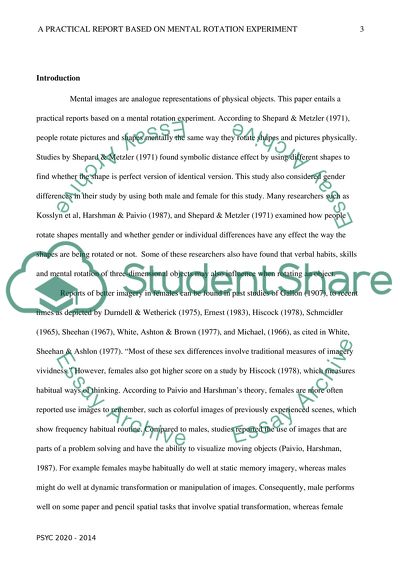Cite this document
(“A Practical Report based upon the Mental Rotation Experiment Essay”, n.d.)
Retrieved from https://studentshare.org/psychology/1647845-a-practical-report-based-upon-the-mental-rotation-experiment
Retrieved from https://studentshare.org/psychology/1647845-a-practical-report-based-upon-the-mental-rotation-experiment
(A Practical Report Based Upon the Mental Rotation Experiment Essay)
https://studentshare.org/psychology/1647845-a-practical-report-based-upon-the-mental-rotation-experiment.
https://studentshare.org/psychology/1647845-a-practical-report-based-upon-the-mental-rotation-experiment.
“A Practical Report Based Upon the Mental Rotation Experiment Essay”, n.d. https://studentshare.org/psychology/1647845-a-practical-report-based-upon-the-mental-rotation-experiment.


